Types and varieties of cedar
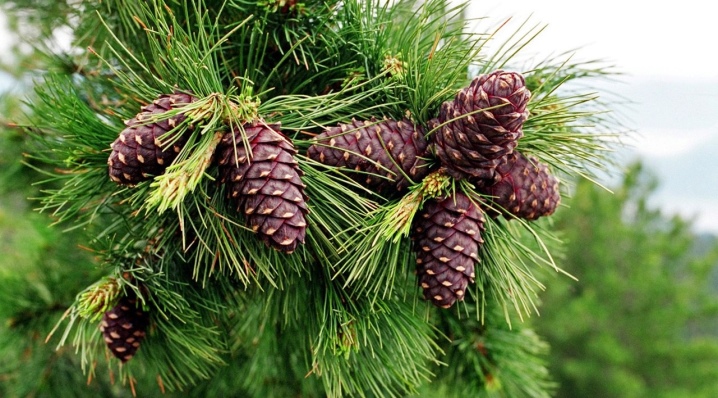
Today, the trend of planting evergreen conifers in the house area is popular. It is they who become the decoration and highlight of the territory of a private house or a summer cottage, delighting with beauty and a wonderful smell. In this article, we will talk about such a representative of conifers as cedar, and discuss the most popular species and varieties.
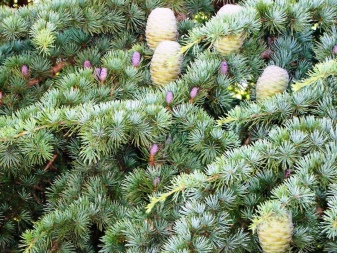
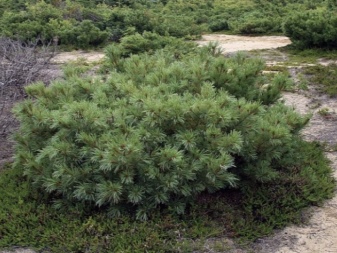
Description of species
Common cedar is an evergreen coniferous tree that is also often called cedar pine. It is quite large and voluminous, the maximum height can reach 50 meters, and the minimum - 25. Its root system can be superficial, spreading, pyramidal or umbrella-shaped. The cedar is also characterized by the presence of:
- dark gray bark;
- fragrant wood;
- single, erect cones, their shape can be ovoid or barrel-shaped, the maximum length of each fruit is 10 centimeters, the minimum is 5.
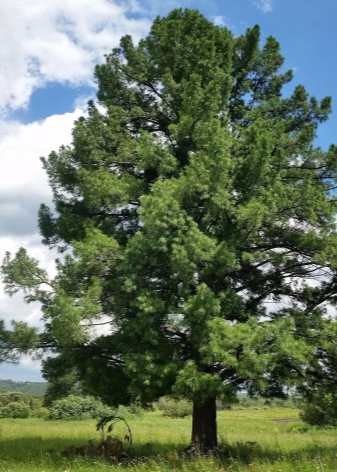
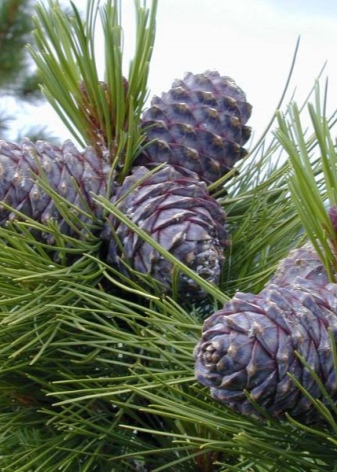
This tree is not only extremely aromatic, it also has many beneficial properties. Cedarwood essential oil is in demand and can be used in a variety of ways.
The tree is picky about the soil in which it will grow. Loamy soil in mountainous areas is best suited.
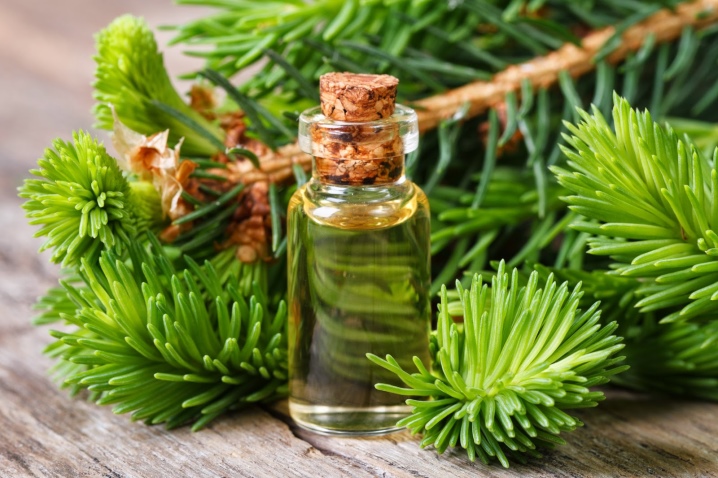
Today there is a fairly wide variety of cedar species. We will talk about those that can be found in nature and grown on your site, in a park, in a recreation area.
- Lebanese cedar. This species has been known since the beginning of the 17th century. Representatives of the species are characterized by slow development, longevity, frost resistance. The tree is not picky about the choice of soil - it can thrive both in limestone soil and on a sunny lawn. If the cedar is young, its crown has a conical shape, but already for an adult tree, the presence of a spreading crown is characteristic, on which you can very clearly see the tiers of branches. The tree has a dark green crown.
The length of the needles can be up to 3 centimeters. The cones are characterized by a light brown color and a length of up to 12 centimeters.

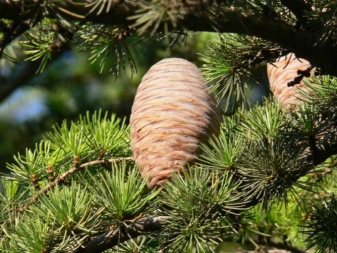
- Atlantic cedar. It grows very quickly, especially at a young age. He is not afraid of either drought or severe frosts. The tree treats the sun's rays well - they have a positive effect on the crown. As for the choice of soil for planting, it is best to avoid limestone mail and places with high groundwater levels. A large amount of moisture can negatively affect the appearance and health of this conifer.
For growing at home, a plant is best suited whose crown shape is pyramidal, columnar or weeping, and the needles are blue or green.
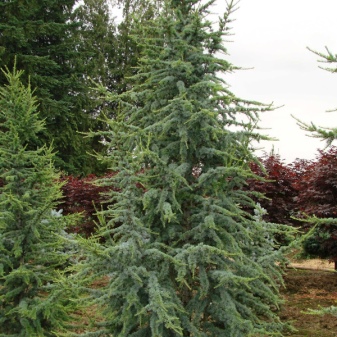
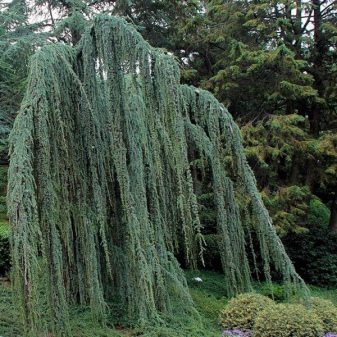
- Deodar. This type of tree is distinguished by the presence of a large number of different varieties, which were bred thanks to the fruitful work of breeders. The plant grows quite quickly, it can develop both in the sun and in the shade, it is not picky about the ground. But when choosing a place for planting the Himalayan cedar, be sure to focus on the fact that there are no drafts. The Himalayan cedar is characterized by a soft crown and upward sticking cones.
It is suitable for the implementation of various design solutions - it can be cut, giving the crown a different configuration.
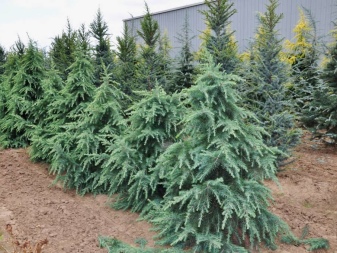
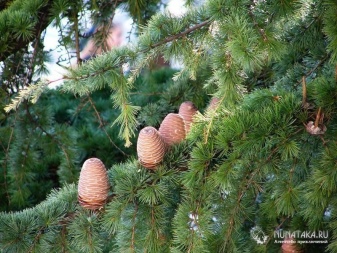
Popular varieties
We talked about the most popular types of plants. Now is the time to determine the most suitable varieties of each of the species that can be grown in a cultivated area. According to experts, the most suitable varieties of Lebanese cedar are:
- Glauca is a plant whose needles are bright blue;
- Breviramulosa - the variety is characterized by the presence of so-called skeletal branches;
- Stricta - the crown of the tree is columnar, the branches grow upward;
- Pendula - this variety, on the contrary, is characterized by the presence of branches that fall down;
- Tortuosa - The main branches are rather winding;
- Nana - this variety belongs to dwarf, ornamental plants;
- Nana pyramidata is also a dwarf, stunted plant.

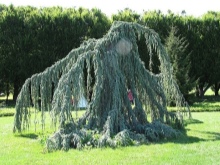

The following varieties of Atlas cedar are in greatest demand:
- Glauca horizontalis is a very beautiful decorative tree with blue needles and arched branches, it is considered to be an elite variety;
- Aurea - the culture is characterized by a pin-shaped crown of yellow-gold color;
- Fastigiata - this variety is considered to be tall, the shape of the crown is columnar, the needles are light green;
- Pendula - This variety is very easy to distinguish from others, as it has a columnar shape, the top of which hangs down beautifully.
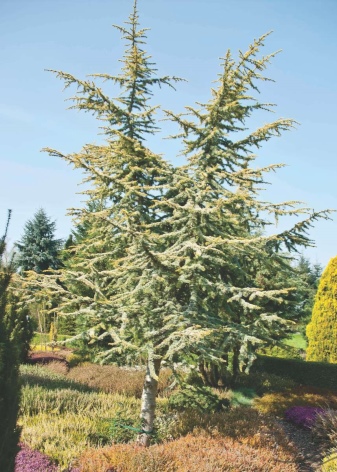
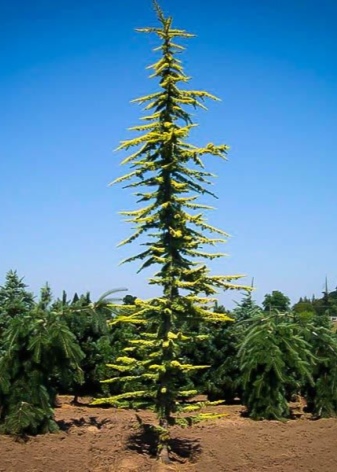
As for the Himalayan cedar, the most popular and demanded tree varieties are:
- Albocpica - the height of the tree is small, the crown is pyramidal, the most attractive feature is its color, which changes throughout the life and growth of the tree;
- Golden horizon - the crown of an already mature tree is quite strong and flat, the variety is considered unique, its distinctive feature is very long needles, the length of which can be up to 30 centimeters;
- Prostrata - a representative of the variety grows very slowly, at the age of 20 years the maximum tree height can be 35 centimeters;
- Kashmir - plants of this variety are most often planted in places with a cold climate, this is due to the fact that the tree is frost-resistant, and winter is not terrible for it;
- Pygmy - this dwarf cedar is very popular due to its appearance, which is characterized by a round shape.
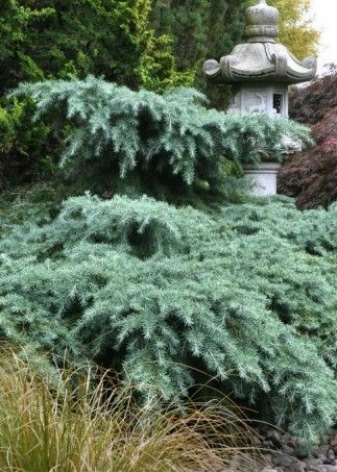
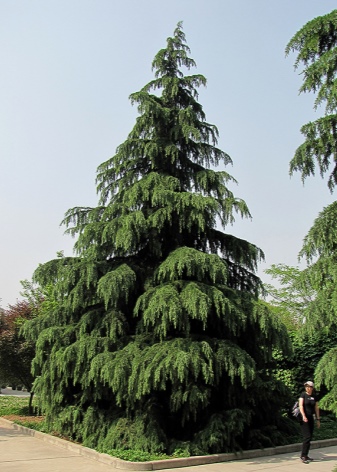
Each of these varieties can be planted in open ground on the territory of the house, but you just need to take into account all the subtleties and features of planting and further care.
Trees not related to the genus
There are several more species that are controversial even today. The thing is that some scientists and breeders argue that these plants can rightfully be called cedars, while others are sure that these are just cedar pines. These types include the following types of cedar.
- European - This is a bright representative of the pine family. France is considered to be the birthplace of culture. Caring for this type of plant is not at all difficult, the European cedar is not at all whimsical either to the choice of a planting site or to the ground. Reacts well to changing weather and even frost.
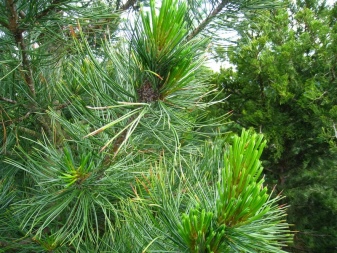
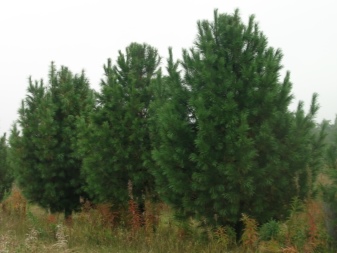
- Siberian - This is a plant, which is characterized by a dense crown of brown-gray color, cone-shaped. It has rather long needles, their length can reach 14 centimeters. Siberian cedar nuts contain relatively large seeds, and the kernels hidden in them behind a thick and strong skin are very tasty.
The tree begins to bear fruit no earlier than 30 years after planting.

- Korean - a rather tall tree, the needles of which are blue or brown. The needles are large, up to 20 centimeters long. Cone seeds can also be eaten and are quite tasty. If the tree grows in the wild, nuts will not start to appear until it reaches 100 years of age. Ornamental culture can give its first fruit at the age of 30.

- Canadian red - the age of this tree is at least 1200 years. It is considered the oldest member of the species. The height of the tree can reach 75 meters, and the girth is 7 meters. The wood is quite soft and pliable.

- Dwarf cedar - This is the so-called dwarf, weeping cedar, which looks more like a shrub than a tree. This is a great option for decorating a site.
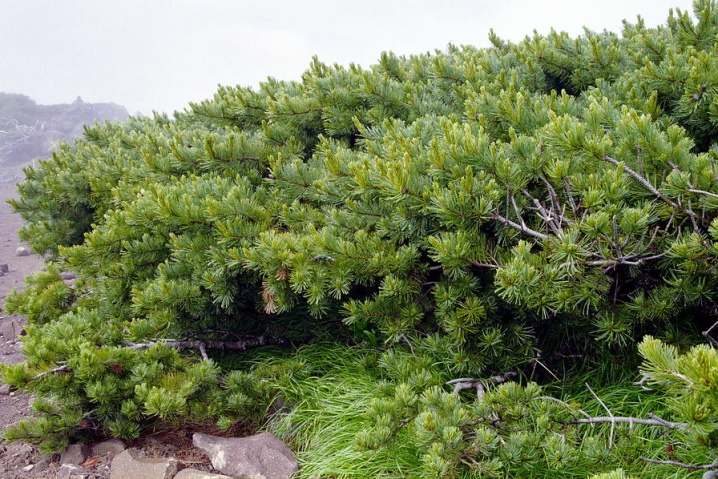
Perhaps, after some time, scientists will still be able to come to one correct conclusion and call the listed plants full cedars.
Features of choice
Cedar is a tree that not everyone agrees and dares to grow on their site. Most likely, this is not due to leaving, but to the size of the plant. Therefore, when choosing a cedar for planting on the territory of a house or summer cottage, you need to consider:
- variety and grade;
- the dimensions that the tree will reach - height and width;
- rapidity of growth;
- when it begins to bear fruit, if it matters to you;
- the complexity of the rules for caring for a young plant.
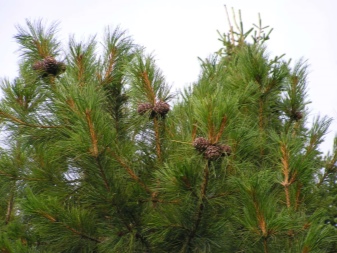
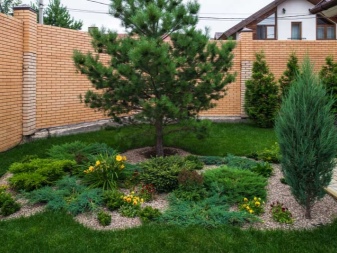
It should be noted that caring for a cedar is very similar to caring for an ordinary coniferous representative.
For information on how to plant a cedar, see the next video.



































































The comment was sent successfully.